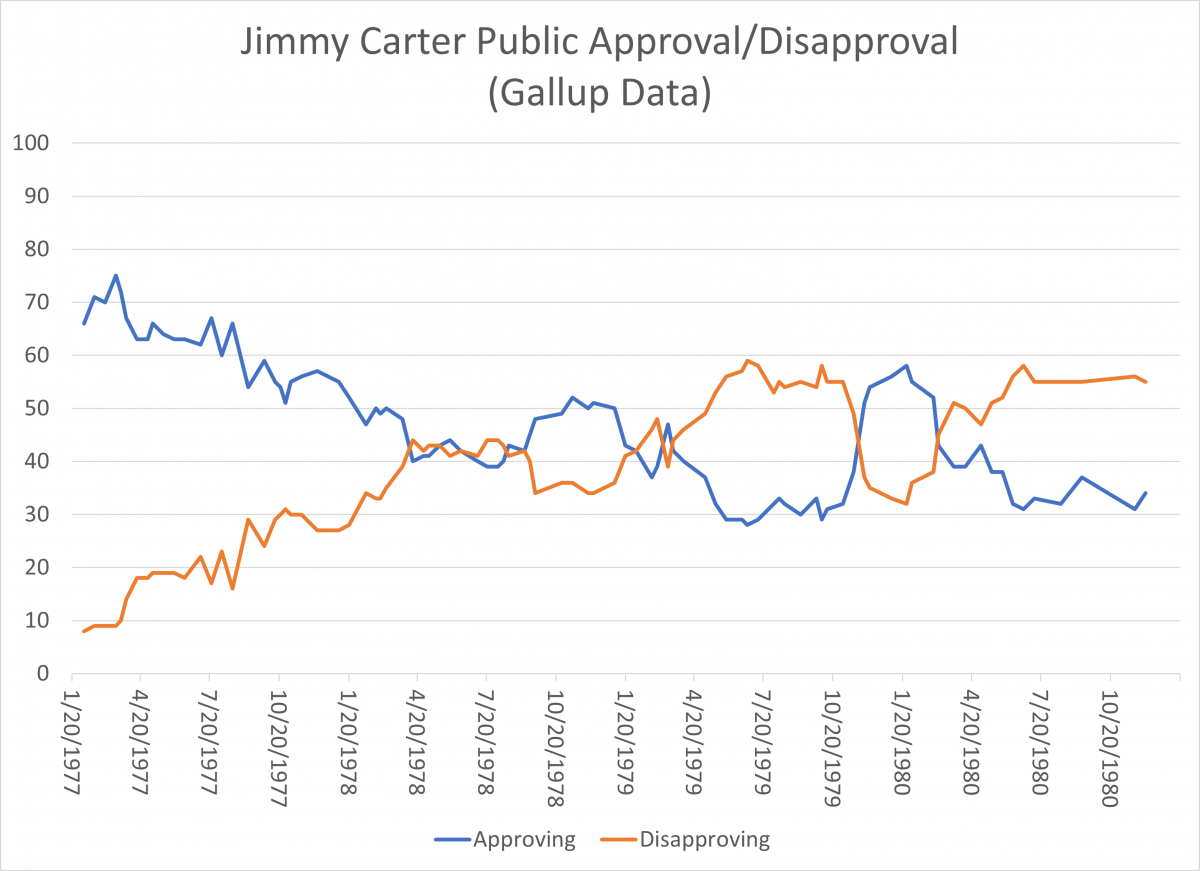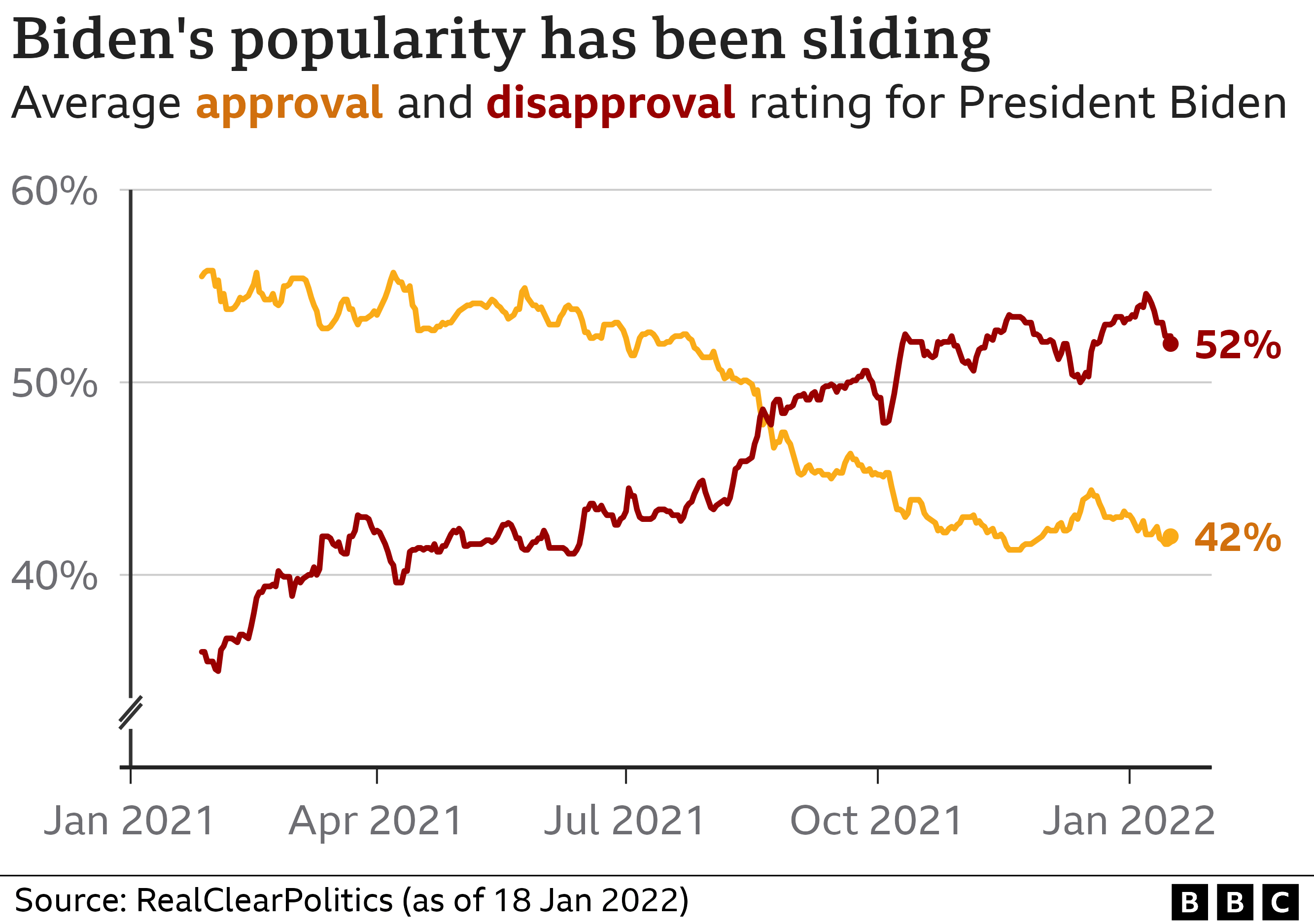Current Presidential Poll Landscape

The current presidential poll landscape is a dynamic and ever-changing environment, with various factors influencing the favorability ratings of candidates. Recent events, such as policy announcements, debates, and scandals, can significantly impact public opinion and, consequently, poll results.
Recent Polls and Methodologies
Several recent polls have been conducted to gauge public sentiment regarding the presidential candidates. These polls employ diverse methodologies, including telephone surveys, online surveys, and in-person interviews.
- The ABC News/Washington Post poll, conducted from July 10-14, 2023, surveyed 1,002 adults nationwide using a random sample. The poll employed a combination of landline and cell phone interviews.
- The Pew Research Center poll, conducted from June 28 to July 2, 2023, surveyed 1,500 adults nationwide using a random sample. The poll utilized a combination of online and telephone interviews.
- The Gallup poll, conducted from July 5-8, 2023, surveyed 1,015 adults nationwide using a random sample. The poll employed telephone interviews.
Potential Impact of Recent Events
Recent events, such as the passage of major legislation, economic indicators, and international crises, can influence public opinion and poll results. For instance, a significant economic downturn could lead to a decline in the favorability ratings of the incumbent president. Conversely, a successful foreign policy initiative could boost the president’s approval ratings.
Key Factors Influencing Presidential Polls: Latest Presidential Polls

Presidential polls, while not always perfectly accurate, provide valuable insights into public sentiment and can influence the course of an election. Numerous factors can shape poll results, impacting the preferences of voters and the overall political landscape.
Economic Indicators
The state of the economy is often a pivotal factor in presidential elections. Voters tend to hold the incumbent president accountable for economic performance, and positive economic indicators can boost their approval ratings. Conversely, economic downturns or high unemployment rates can negatively impact a president’s standing.
- Consumer Confidence: A strong economy typically translates to higher consumer confidence, which can lead to increased spending and economic growth. Conversely, low consumer confidence can signal economic uncertainty and potentially harm an incumbent president’s re-election prospects.
- Gross Domestic Product (GDP): A robust GDP growth rate signifies a healthy economy and can be seen as a positive indicator for an incumbent president. However, stagnant or declining GDP growth can raise concerns about economic performance and impact voter sentiment.
- Unemployment Rate: A low unemployment rate is often viewed as a sign of a strong economy and can benefit an incumbent president. However, high unemployment rates can lead to dissatisfaction with the incumbent and potentially favor a challenger.
Interpreting and Analyzing Presidential Poll Data

Presidential polls are a vital tool for understanding public opinion and predicting election outcomes. However, interpreting and analyzing poll data requires a nuanced understanding of their limitations and potential biases.
Poll Margins of Error and Sample Size
The margin of error represents the range within which the true population value is likely to fall. A larger margin of error indicates a greater level of uncertainty. The sample size is the number of individuals surveyed in a poll. A larger sample size generally leads to a smaller margin of error, as it provides a more representative snapshot of the population.
For example, a poll with a margin of error of ±3% suggests that the true percentage of voters supporting a particular candidate could be 3% higher or lower than the reported poll result.
Limitations of Presidential Polls and Potential Sources of Bias
Presidential polls are subject to several limitations that can influence their accuracy and reliability.
- Sampling Bias: Polls may not accurately represent the entire population if the sample is not representative. This can occur if the sample is not randomly selected or if certain groups are over- or under-represented.
- Measurement Error: The wording of poll questions, the order of questions, and the way in which questions are asked can all influence respondents’ answers. This can lead to systematic biases in the results.
- Non-response Bias: Individuals who choose not to participate in a poll may have different opinions than those who do, leading to a biased sample.
- Social Desirability Bias: Respondents may be reluctant to express unpopular or controversial views, leading them to provide inaccurate answers.
Using Poll Data to Predict Election Outcomes
Poll data can be used to predict election outcomes by analyzing trends in voter preferences over time. However, it is important to note that polls are not always accurate predictors of election results.
- Historical Trends: Analyzing past election results and poll data can provide insights into how polls have performed in predicting outcomes.
- Swing States: Polls are particularly important in swing states, which are states where the outcome of the election is uncertain. These states are often the focus of intensive campaigning and media attention.
- Voter Turnout: Poll data can be used to estimate voter turnout, which is a crucial factor in determining election outcomes.
Key Takeaways from Recent Presidential Poll Data and Their Implications, Latest presidential polls
Recent presidential poll data has revealed several key takeaways, including:
- Close Races: Recent polls have consistently shown close races in several key swing states, suggesting that the election could be very competitive.
- Shifting Voter Preferences: Polls have indicated that voter preferences can shift significantly over time, especially in response to events and news coverage.
- Increased Polarization: Polls have also highlighted the increasing polarization of the electorate, with voters becoming more divided along partisan lines.
While the latest presidential polls keep us glued to our screens, there’s another kind of race that’s captivating the world: the Ethiopia steeplechase. It’s a spectacle of endurance and athleticism, where runners conquer water obstacles and push their limits to the very edge.
Just like the political landscape, the steeplechase is full of twists and turns, with unexpected surges and dramatic finishes. It’s a reminder that even amidst the political buzz, there’s a world of thrilling stories waiting to be discovered.
The latest presidential polls are a constant reminder of the unpredictability of the political landscape. Just like in sports, a single event can completely shift the momentum. Remember Lamecha Girma’s fall in the 3000m steeplechase? It was a shocking moment that completely altered the race’s trajectory.
Similarly, unexpected events can impact the political race, making it even more fascinating to watch.